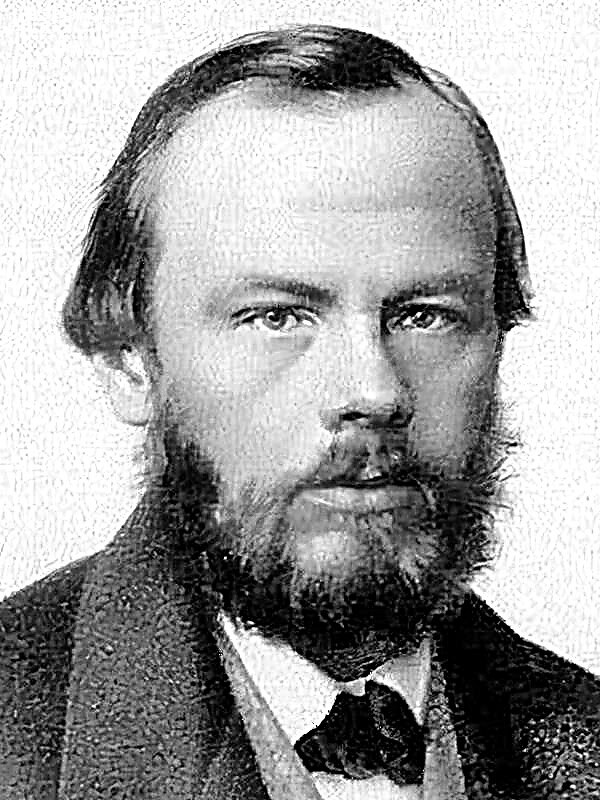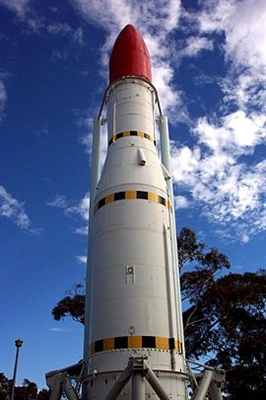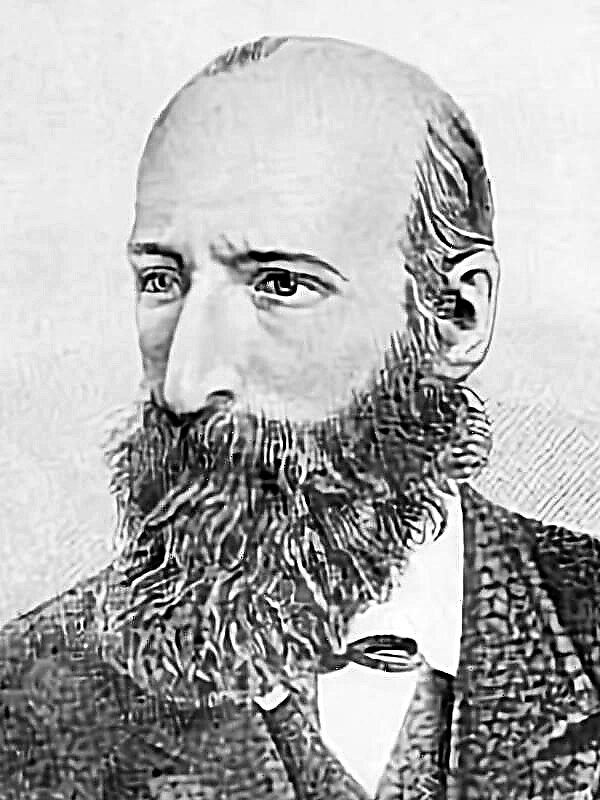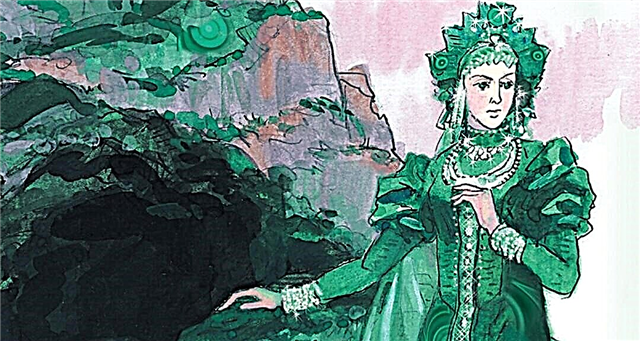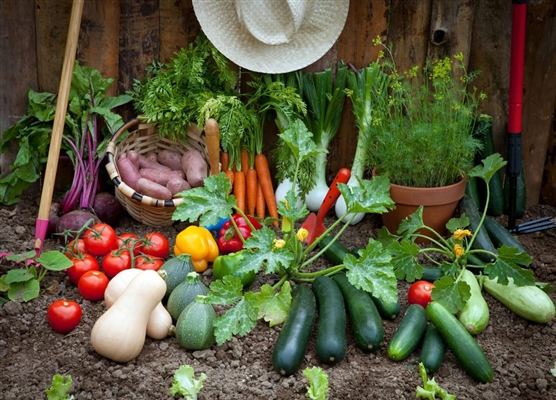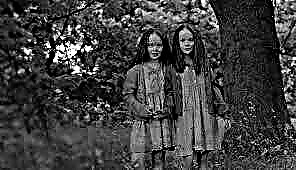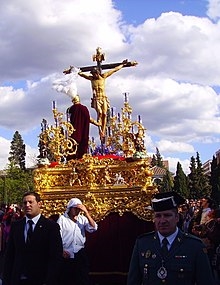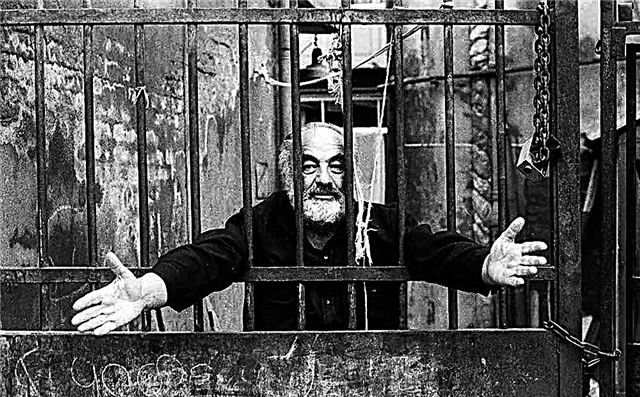Konstantin Nikolaevich - one of the first romantic poets in Russia. Figures such as Karamzin and Radishchev, who are sentimentalists, greatly influenced Batyushkov’s work, but he managed to go beyond imitation and become an innovator, making an invaluable contribution to the development of national literature.
History of creation
In 1817, the world saw the collection of works of Konstantin Nikolaevich, called "Experiments in poetry and prose." The elegy “To a friend”, written in 1815, also entered it. It was at this time that the author became close to the greatest poetic figure of that time, to Vyazemsky, to whom Batyushkov dedicated his work “To a Friend”. In the poem, some references and allusions to the works of Vyazemsky are very obvious, therefore there is no doubt to which “friend” Konstantin Nikolaevich writes.
Speaking about the state of the author during this period, it is worth noting that the beginning of the 10s of the 19th century was characterized by the beginning of World War II with the French. On the one hand, Batyushkov is full of feelings of patriotism and the desire to sing the strength and power of a Russian soldier. On the other hand, the poet regrets the consequences of hostilities, the ruin of the riches of nature and the centuries-old culture of Russia.
It is also worth noting that at the very beginning of his career, Konstantin Nikolaevich revealed some problems of literature of the early 19th century, of course, Russian. The first problem he considered was the ossification of the poetic Russian language, the lack of dynamics, both in lexical and phonetic terms. It was Batyushkov who proposed the so-called “fluent poetic” rhyme. His poems became more melodic, although sometimes individual lexical units contradicted phonetic norms. The author considered the second pompous language to be a second problem. “To write how you live,” said the great poet. He tried to avoid everything strained and far-fetched.
Genre, direction and size
As already mentioned, Batyushkov himself defined the genre of his lyrical work as an elegy - a poem of sad content. Konstantin Nikolaevich predetermined the mood of the poem by the genre.
Speaking about the direction in which the poet worked, it is worth noting separately that Batyushkov is in some way the discoverer of romanticism in Russia. Of course, the manifesto of romanticism does not belong to him, but it was his works that became a certain standard of romantic genres.
The poem was written by iambic, poetic size, which Bakhtin later proclaims the most patriotic for Russian versification. The elegy is dynamic and strong, it has few lyrical digressions and slowdowns, so the use of iamba is very reasoned and motivated.
Images and Symbols
Based on the name of the elegy itself, it becomes clear that the main lyrical poem is the image of a friend. The other in this poem is none other than Vyazemsky himself.
In addition, the poem “To a Friend” is replete with vocabulary that cannot be called typical or widely recognized. Drawing a picture of the ancient world, the author uses many proper names and names that not everyone knows. So, in the second stanza we meet the word "Falern". The author intentionally uses this word, sending us to ancient Greece, because that is how the ancient Greeks called red wine. Perhaps the inexperienced reader will not understand the references, but Batyushkov intrigues the person, forcing him to pay special attention to individual characters. It is also worth mentioning the word “Vesper”, which is not quite understandable for many, - the ancient name of the brightest star in the sky - Venus. The author masterfully plays the word, he does not speak directly about what he refers to the ancient history, but elegantly hints to the reader. The same hint word can be considered “temples”, on the ashes of which a wreath of fun is made up. Temples - the ancient name of the building with high arches. The use of historicisms - words that create the shade of an era, only fuels the reader's interest in better understanding the lyric work. In the poem we meet two names: Leela and Harita. It is no coincidence that these two divine names should be considered in pairs. The author, wanting to talk about a secular idyll, calls Lira - a symbol of freedom and free will and Harita - a symbol of worldly beauty and joy.
The lyrical hero is a projection of the author’s consciousness. This is an enthusiastic and romantic person, smart and well-read interlocutor. In his message to a friend, Batyushkov's phenomenal erudition is guessed. Of course, it is difficult for such an intellectually developed poet to find worthy friends, and all the more valuable for him such a close friend as Vyazemsky.
It is also worth noting an important symbol - a symbol of faith. Faith is all that remains of the author at the time of writing the poem. He still has scary and bloody pictures of war before his eyes, hundreds of corpses, mutilated bodies of those who, despite everything, remained alive, crying and screaming of women and children. All that remains for Batyushkov is to hope that everything will be fine. The lyrical hero focuses on the fact that before the war everything was beautiful and joyful.
Themes and mood
- Creating a vivid picture of the post-war devastation, focusing on some insecurity of the world and peacetime, Batyushkov fills his poem with not ordinary sadness, but philosophical. One of the important questions posed in the work is the question of the fragility of the universe and the transience of life - eternal philosophical questions for creators.
- But the main theme of the poem is war. The author creates a whole panorama of images of what has changed for the worse. The house that once brought happiness disappeared in a storm of misfortune. The place where he stood was overgrown with nettles. The following refers to the extinction of female beauty. The thought is revealed by the example of Lila, which aroused admiration among men, and then “rested in suffering”.
- Theme of Faith plays a large role in the work. The lyrical hero finds salvation in religion. In the finale, he gains faith, refuses earthly life, "flying away in the spirit of the best world." It is worth repeating that the mood of the poem is mostly sad. Sadness is represented somewhere with nostalgic notes, somewhere with shades of hope and faith.
- Friendship theme also present in the poem. The author writes to a friend to support him in troubled times for Russia. He hurries to share with him his recipe for getting rid of longing.
Main idea
The main idea of the poem is very logical and simple - the advice to seek peace and tranquility in faith, in religion. Rejecting the vanities and worldly sufferings, one can find solace and peace of mind. The French brought only blood and devastation to Russia. At first, Batyushkov does not find the strength in himself to write about it, for the soul was empty of the sight of corpses and ashes where still “an instant” ago the kingdom and grandeur of nature flaunted.
The meaning of the recipe that the poet writes to a friend is that the author by his own example shows that, renouncing worldly problems, closing his soul from such blackness, revealing its faith, a person can fully enjoy all the joys of the world and be comforted.
Means of artistic expression
The elegy is large enough in volume, it has a huge amount of fine-expressive means. I would like to pay special attention to the high imagery of metaphors. “Bowl of voluptuousness”, “noise of fun and feasts”, “happiness home” - these metaphors illustrate a happy pre-war world. “Storm of troubles”, “cloister of vanities” are radically different metaphors in mood.
Numerous epithets help to depict a clear picture of decline and devastation: “dark north”, “fiery passions”, “futile noise”, “terrible hour”.
The poem is quite voluminous, and the author used many means of artistic expression, so if you are interested in specific examples of other tropes, write about this in the comments, we add.


